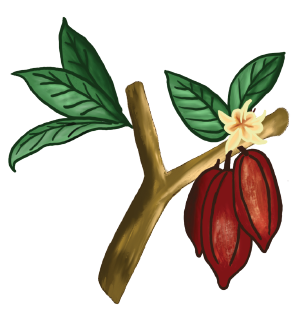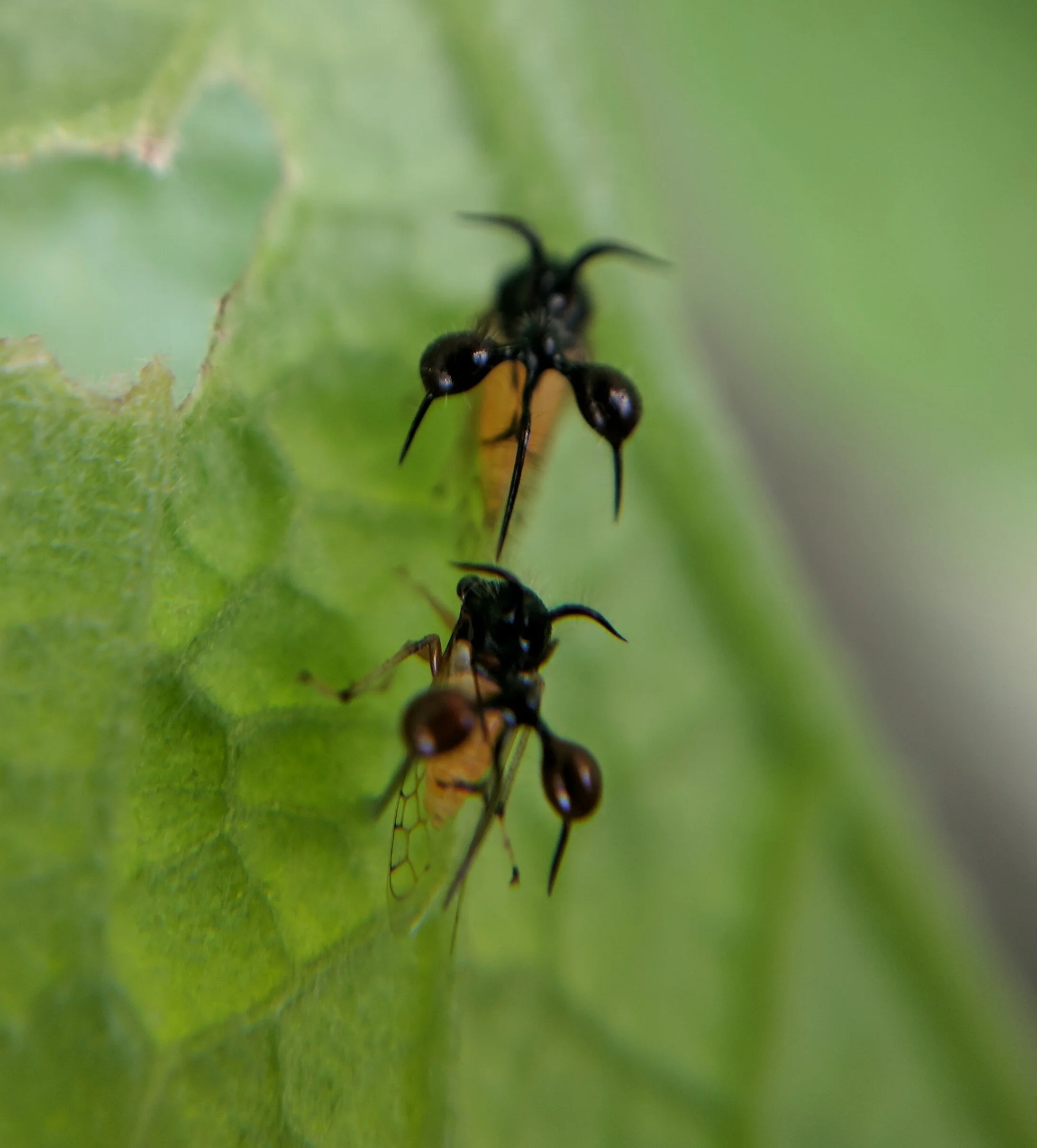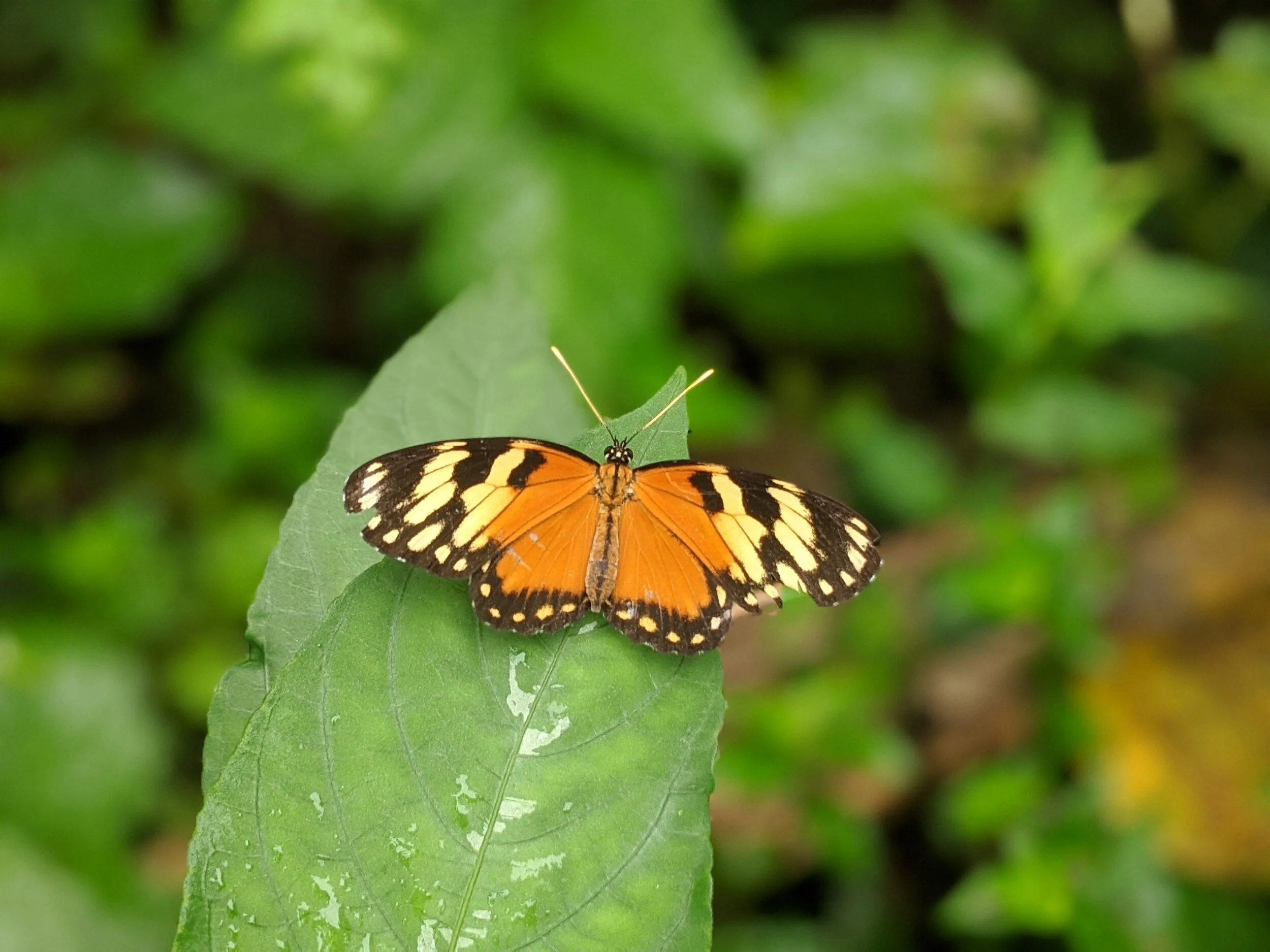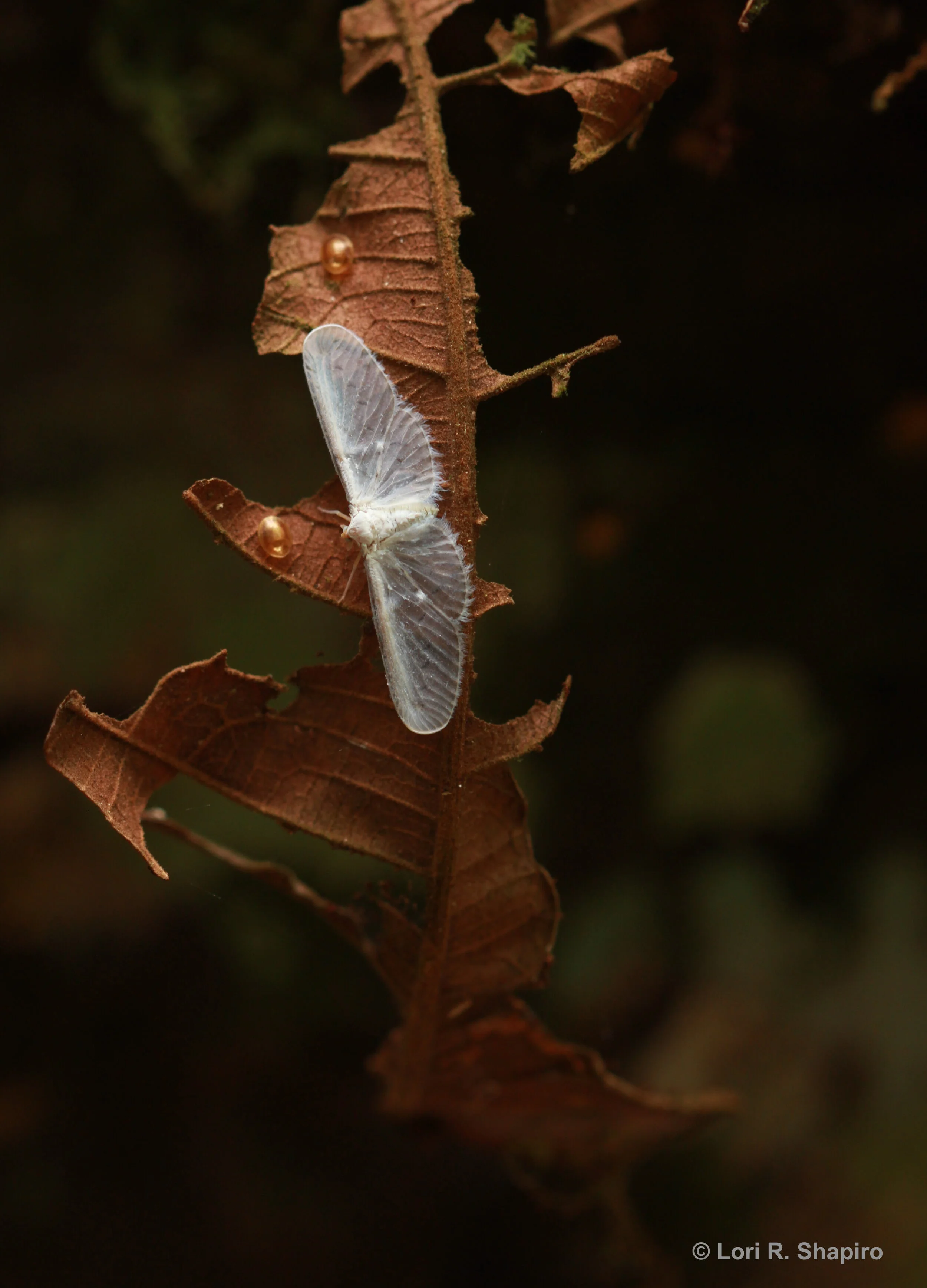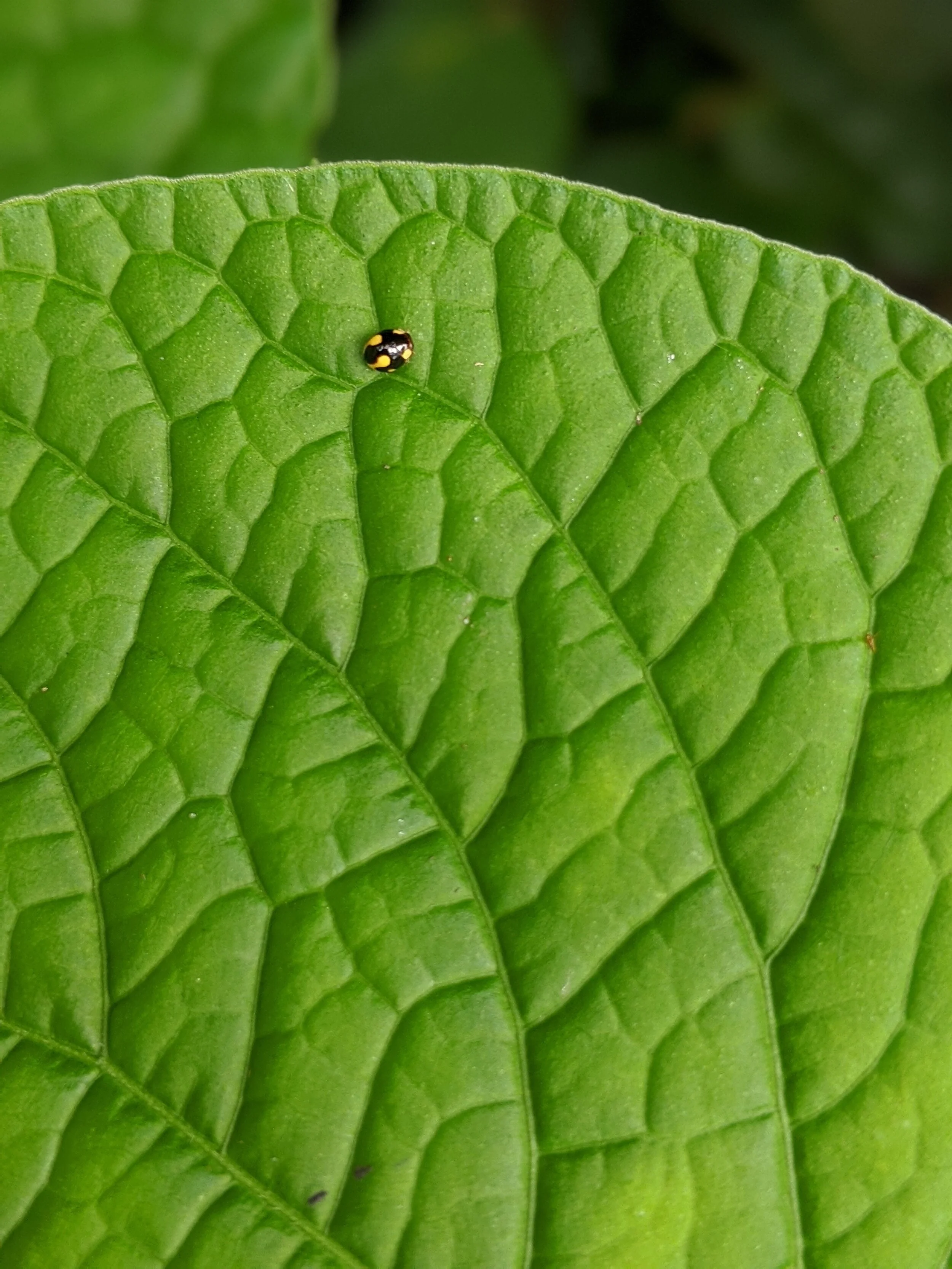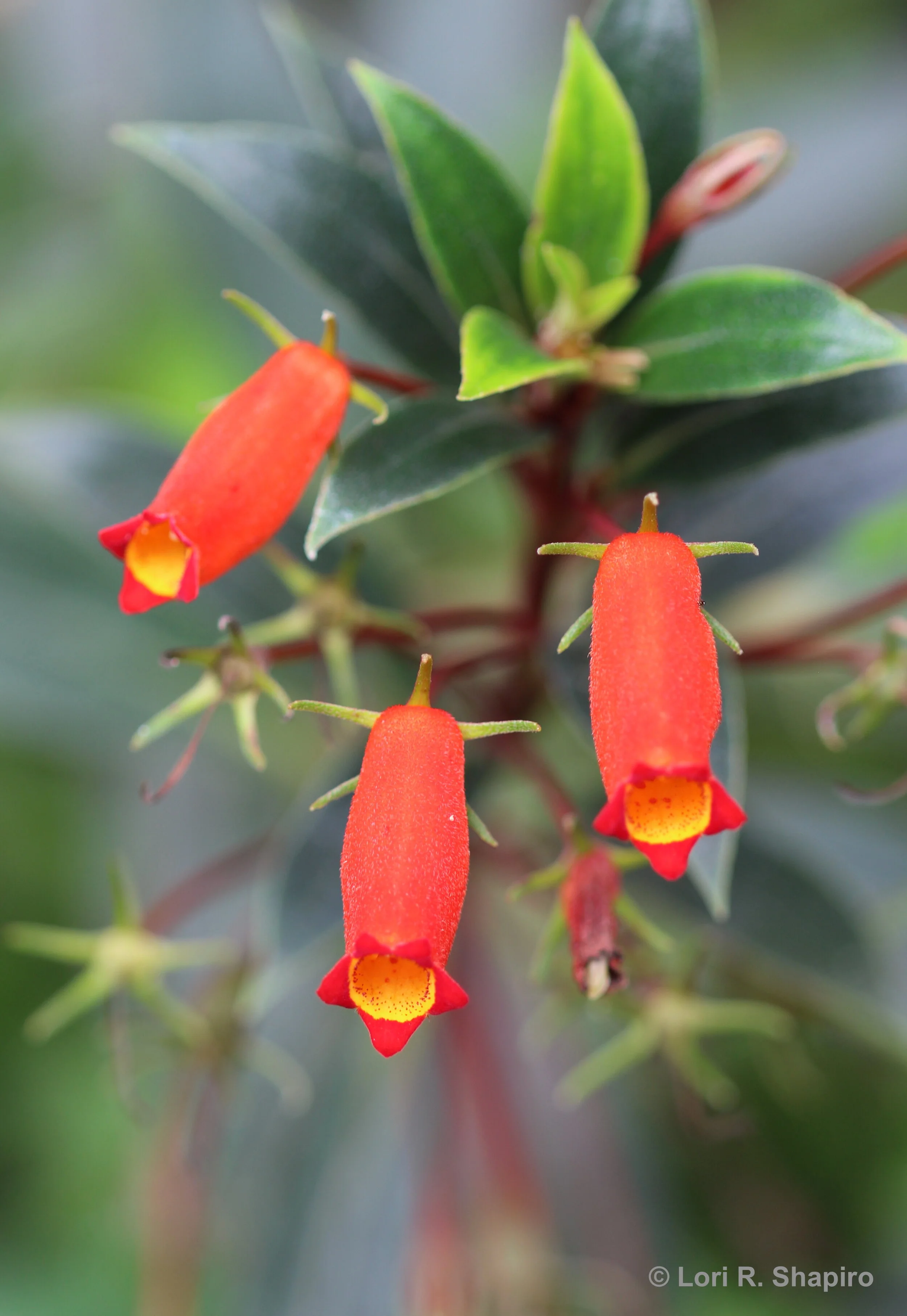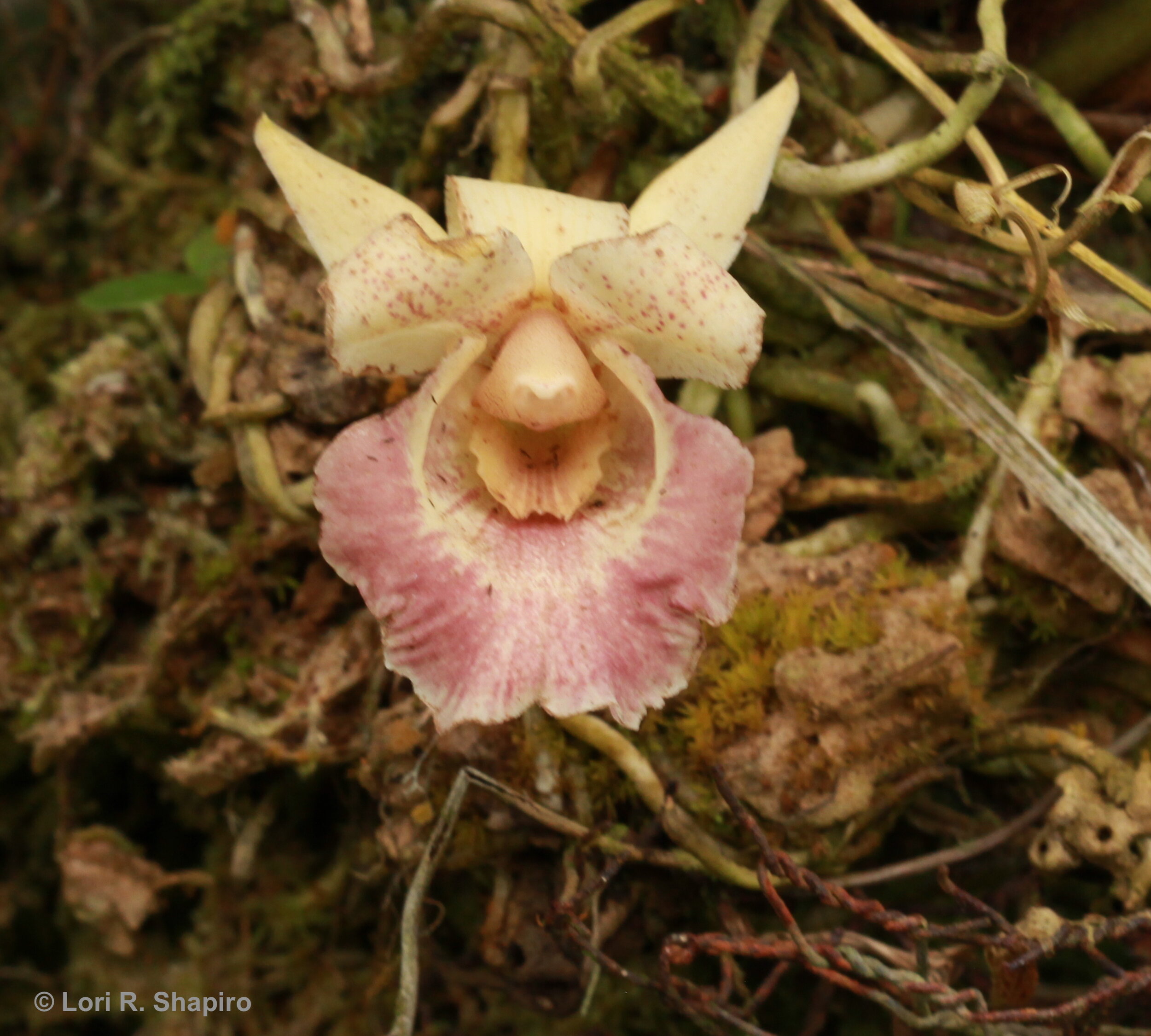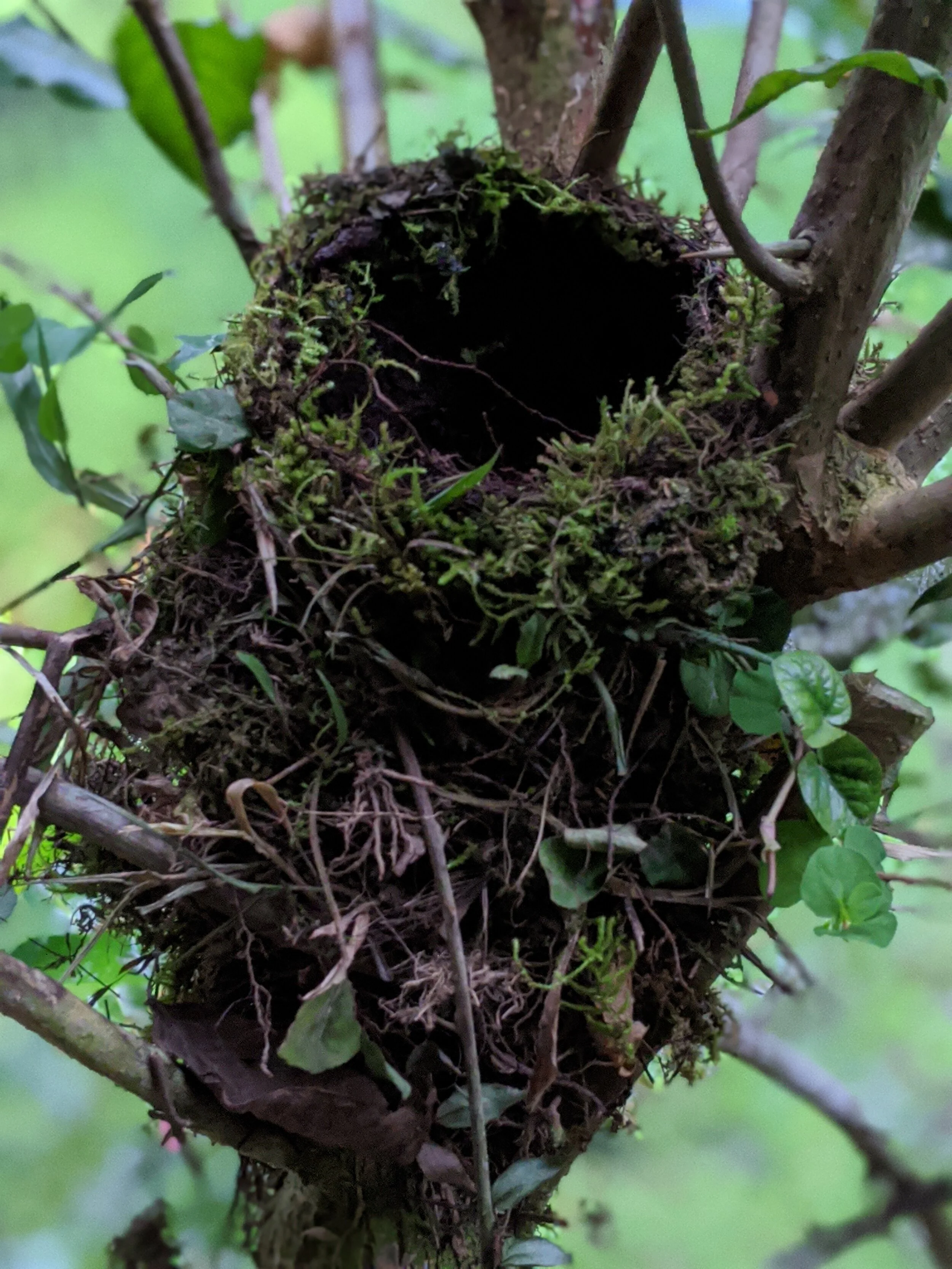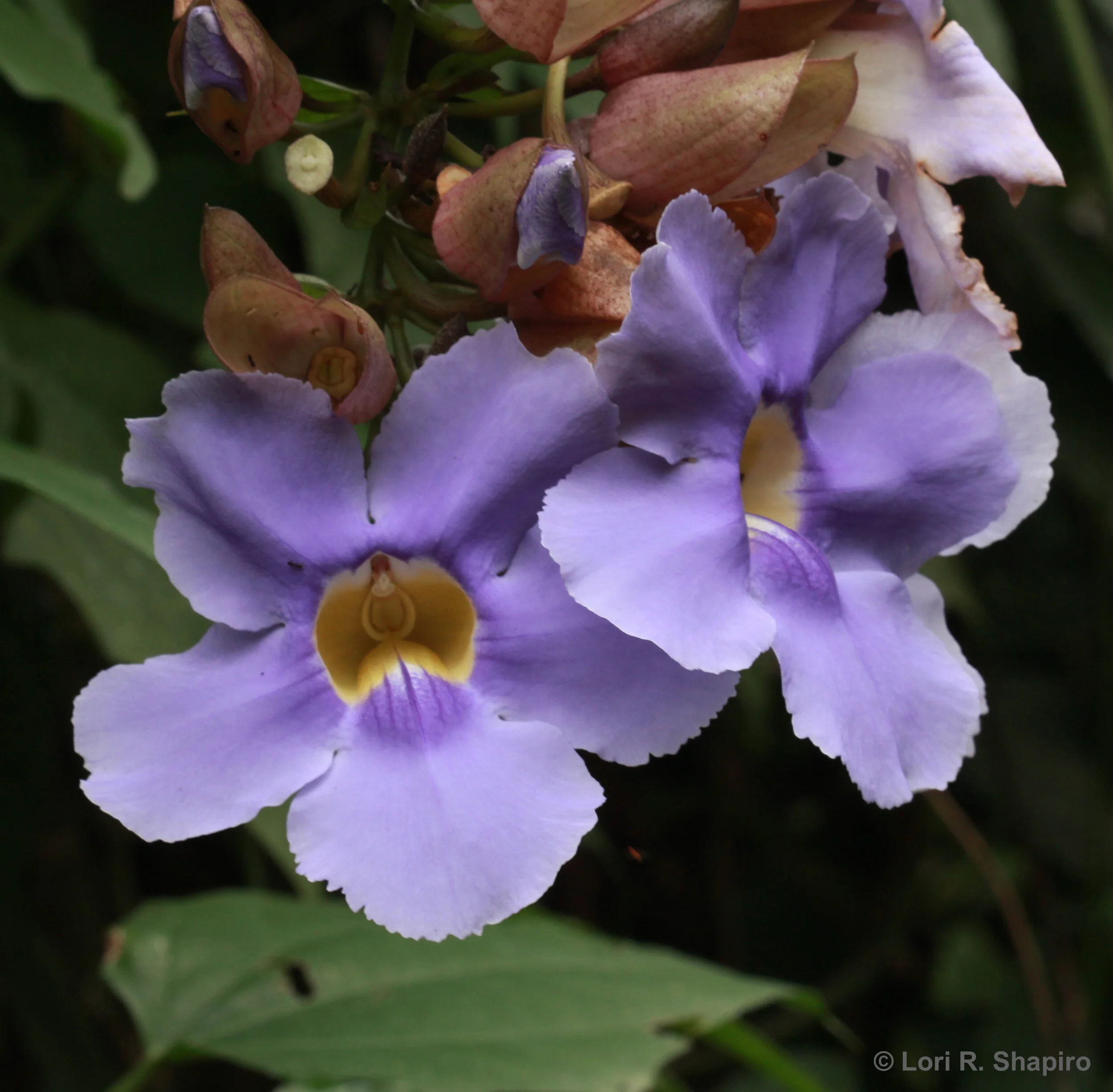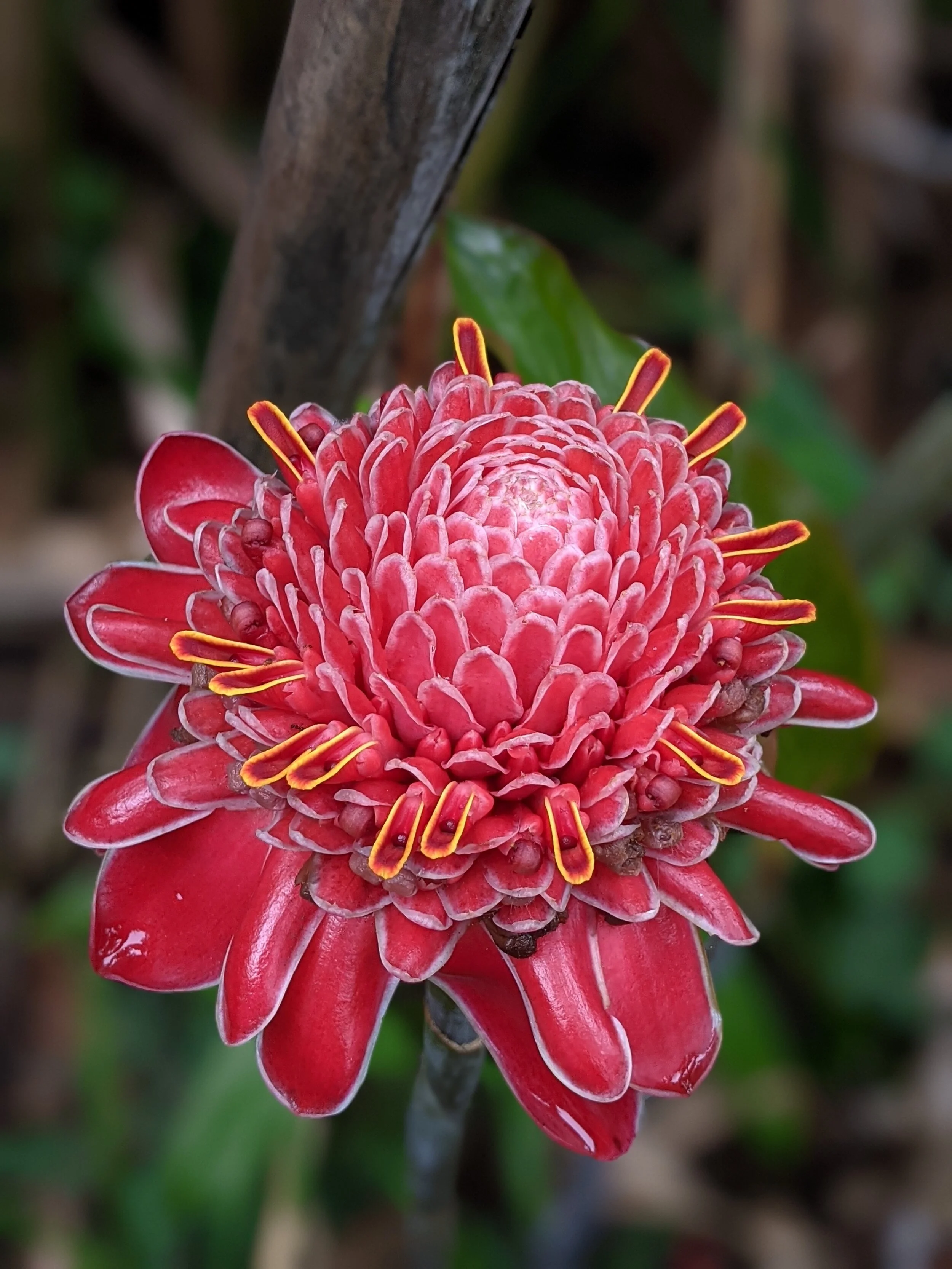
Puerto Quito is within the UNESCO Chocó Andino Biosphere Reserve, which is one of the most biodiverse regions in the world.
Hardwood forest canopy over ‘Nacional’ heirloom cacao trees at Francisco Monserrate’s farm in Puerto Quito
Shade grown cacao preserves biodiversity
Cacao trees are relatively small, understory plants. They have evolved for millions of years to grow under the shade of much larger tropical hardwoods.
All Nueva Esperanza farms grow cacao under the shade of larger trees, in the same ecological conditions that cacao trees have evolved to grow. Larger overstory trees provide many benefits. In addition to being a source of shade, a canopy of taller hardwoods also provides habitat for the diverse insect, plant, bird and mammal populations that live in this amazing and biodiverse region.
All Nueva Esperanza farmers are committed to regenerative farming practices
Hardwood forest canopy over ‘Nacional’ heirloom cacao trees at Finca Sueños
Biodiverse forests as farms
Nueva Esperanza farmers are re-building the structure and function of native tropical forests on their farms (in Spanish, called creating ‘bosque análgo’). Shade grown cacao cultivation can be an essential part of environmental conservation.
Greenhouse cultivation of native hardwood seedlings at the Nueva Esperanza’s Centro de Lenguajeo
Propagation of native hardwood trees
Nueva Esperanza has planted more than 10,000 native hardwoods on their resident farms. These trees provide a shade canopy over the cacao.
Clear mountain stream running through Finca Sueños and providing all of the farm’s drinking water before meeting up with Río Achiote
Biodiverse farms mimic the complexity of intact forest ecosystems
Organic agro-forestry means no synthetic pesticides, fungicides, herbicides, or other agro-chemical are ever used! This creates farms that are also habitats for diverse plants, microbes, insects, birds, mammals and other fauna.
Why support shade grown cacao?
Most cacao in Ecuador (and globally) is now grown in intensive monocultures, like the plantation in the photo to the left. These farms cultivate one individual cacao clone using heavy applications of fungicides, pesticides and herbicides. Many growers go into debt to finance the purchase of the industrial trees and all the chemicals required to grow them. On these farms, there are no trees to provide a shade canopy and bird habitat. There is no brush in the undergrowth to provide ground cover, insect habitat or erosion control. These intensive farms produce large yields of lower-quality cacao in the short run, but destroy local biodiversity and expose farm workers, water sources, and the rest of the surrounding environments to heavy applications of dangerous agrochemicals.
Your support of shade-grown, organic, farmer-direct cacao is making a big impact by directly supporting small organic farmers practicing regenerative agro-forestry with no chemical inputs.
Industrial cacao monocultures like the one pictured above are biological dead zones that produce large yields of low quality cacao in the short run, but quickly deplete soil fertility. Large amounts of agrochemicals are required in these settings, which kill local wildlife, contaminate the local environment, and negatively affect human health.
